Adam Avitabile worked for over 10 years at Look Effects. He has participated in numerous TV series as MALCOLM IN THE MIDDLE, ARRESTED DEVELOPMENT, PUSHING DAISIES or LOST. His career also has a lot of movies like ROCKY BALBOA, APOCALYPTO, LITTLE MISS SUNSHINE or THE WRESTLER.
What is your background?
I originally went to school to be a screen writer. I knew that I had always wanted to work in the film industry to some capacity, but was unsure how. Growing up as a writer, I figured that screen writing would be the obvious choice. After a few years I realized that, although I loved the process of writing, the reality of making a living at it was difficult at best. I started to really take a look at what I liked about movies. I had always been a science fiction fan, so I knew that the fantastic interested me. After college I started taking some basic 3D effects classes. I then moved to Los Angeles, was lucky enough to meet a few people in the industry, and landed my first entry level compositing job. All of training was on the job. I started working in Chalice and After Effects, but then quickly moved into using the Flame. A few years after that I got my first Visual Effects Supervising job and the rest is history.
How did you get involved on this finale season of LOST?
Look Effects had done some cleanup work on LOST during it’s 4th season. When it came time for their 6th and final season, the producers decided to make a regime change in the Visual Effects department. They had remembered the work we had done in season 4 and called us in to meet with the producers. I went through a couple of rounds of interviews but eventually got the job as the Supervisor.
Can you explain to us how you created the set extensions such as the tower or the cave?
Most of the set extension work we did was accomplished by using 2D matte paintings and tracking them into the production photography. We knew that we would not have the time (or the budget) necessary to do fully realized 3D environments, so we approached these shots from as much of a 2D perspective as possible. Both the Tower and the Cave were digital matte paintings. For the cave wall, we shot some water elements that we then composited into the matte painting to create the waterfall within it.
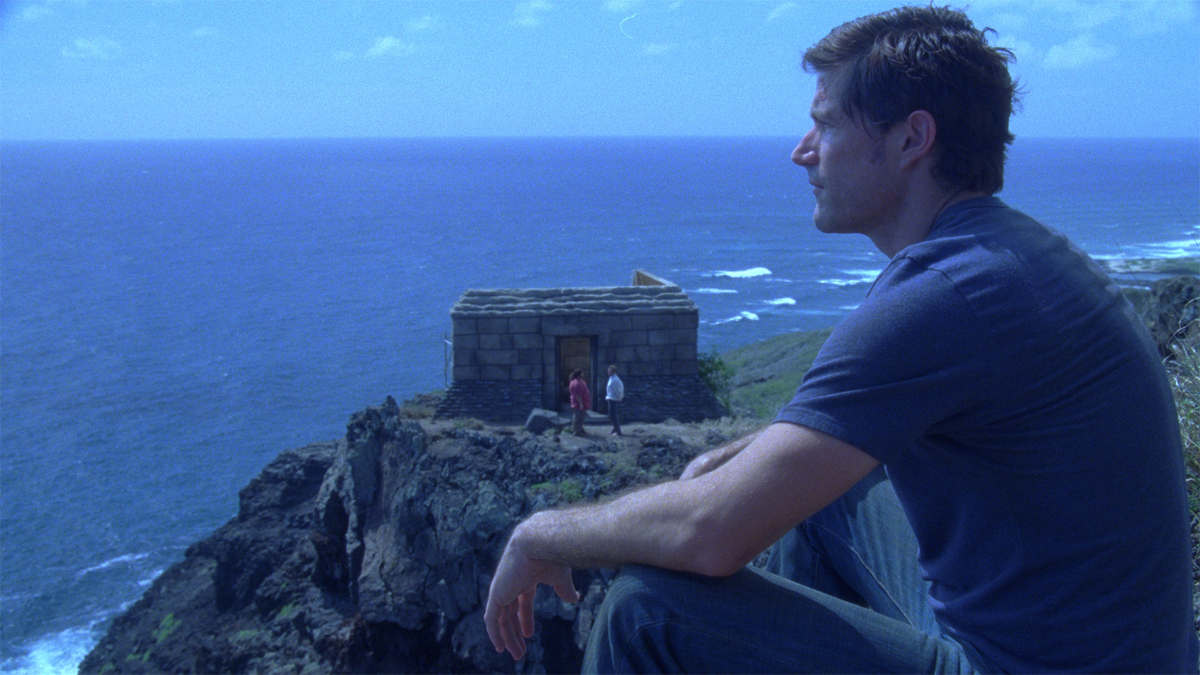 |
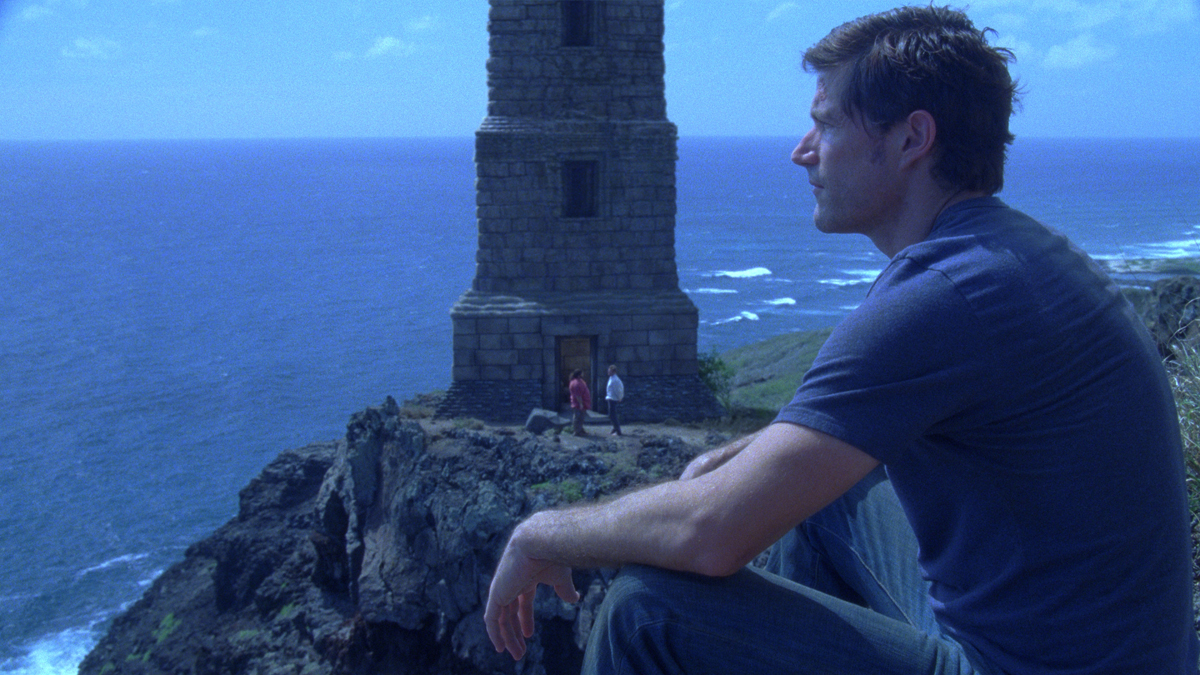 |
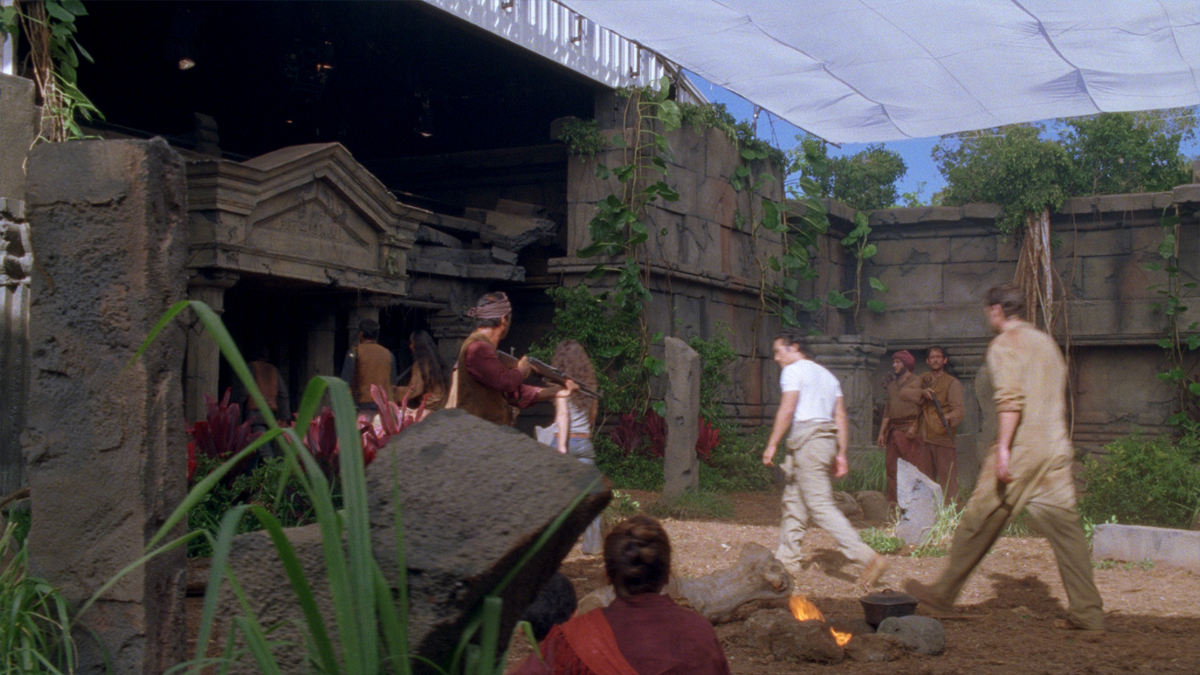 |
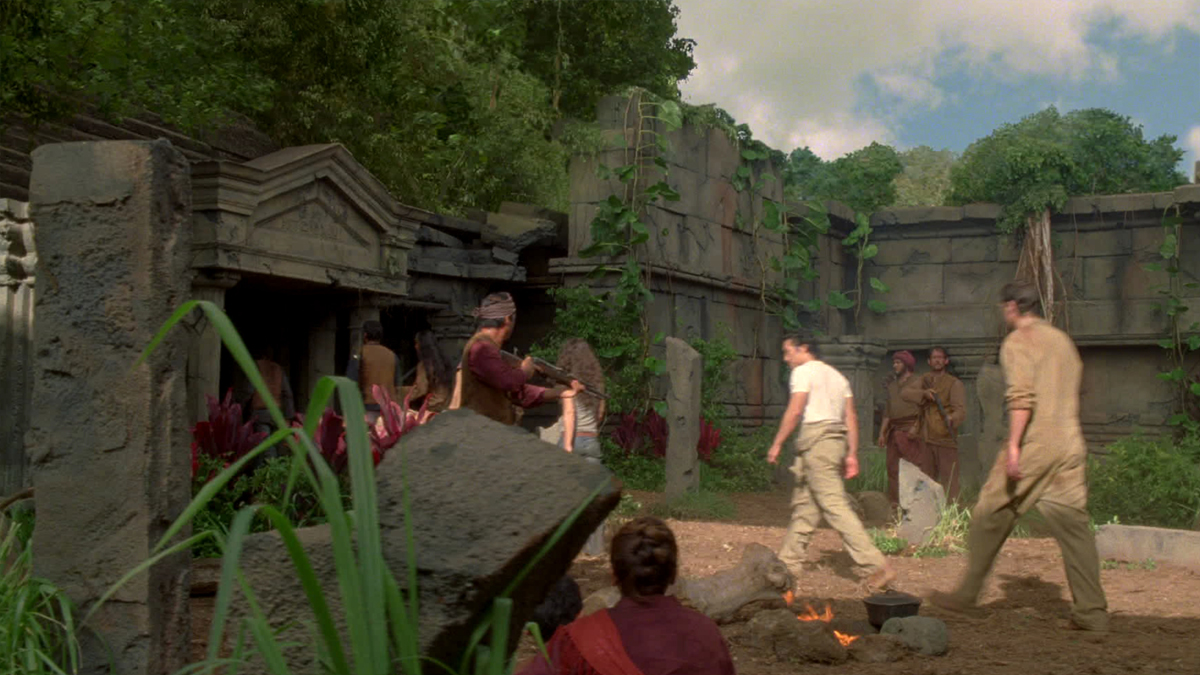 |
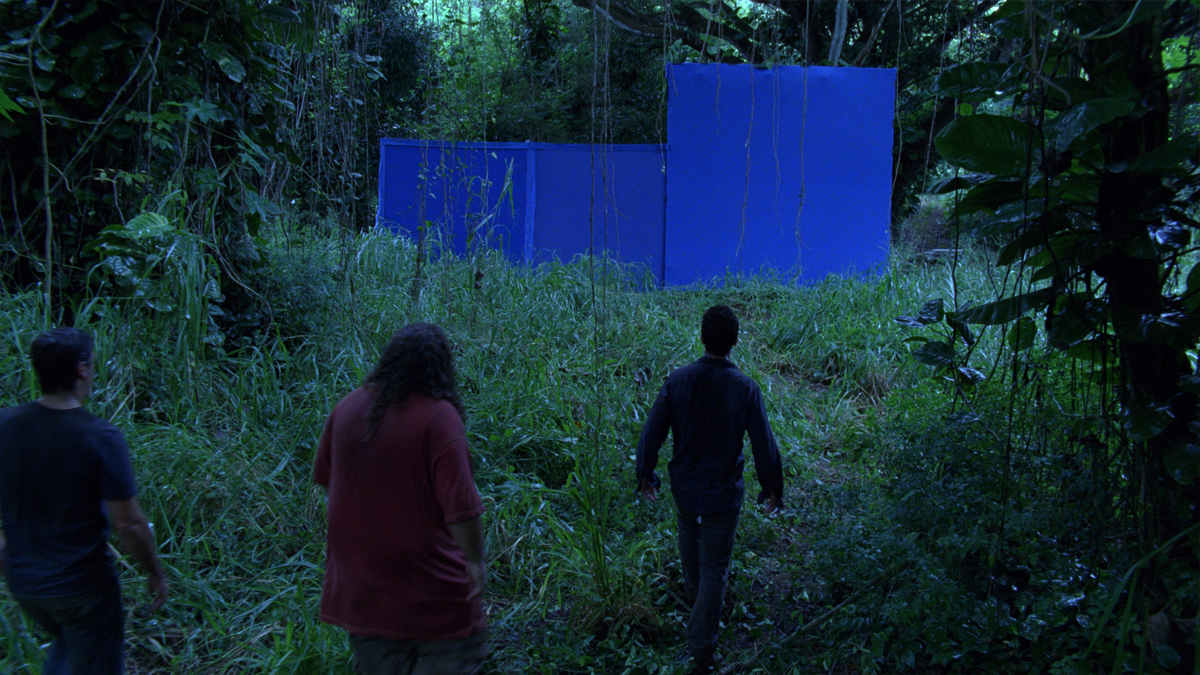 |
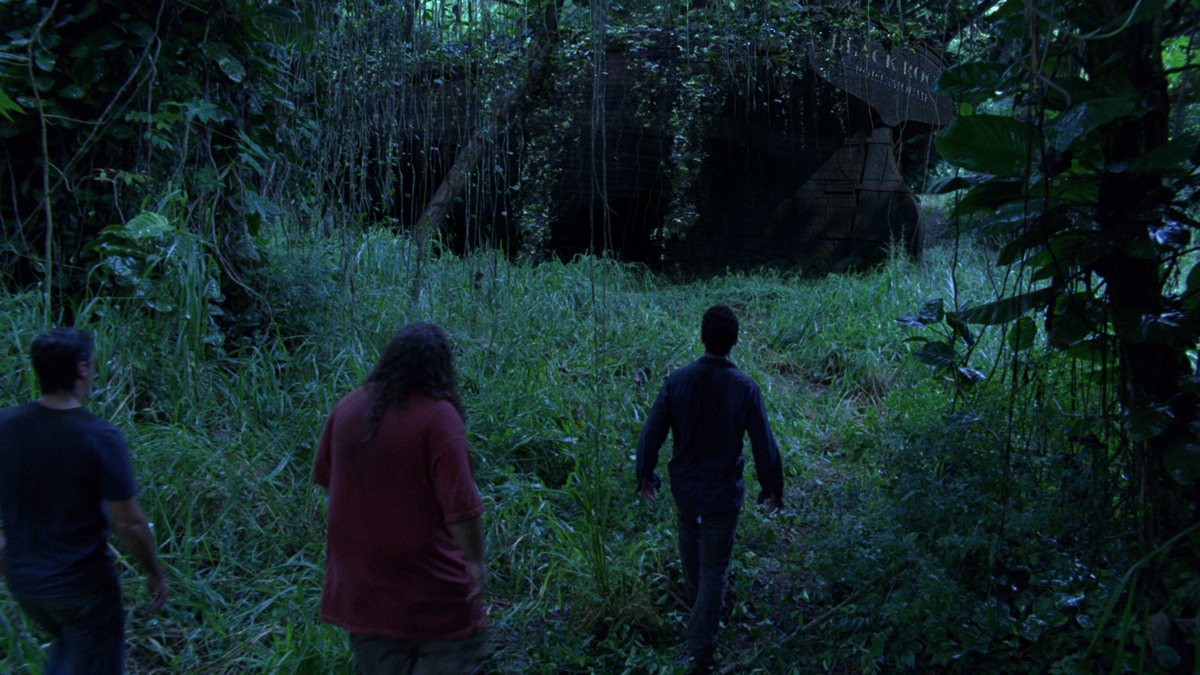 |
Can you tell us about the old boat and the shots where it is in a raging ocean. How did you create them?
For the old boat, which was called the Black Rock, we used a couple of different approaches. When you see the boat washed up in the jungle, it was a digital matte painting. When we saw the boat in the water, the entire shot was a CG creation. There was an actual detailed model that had been made of the ship that we used for texture and modeling references. We then created and animated it in Maya. For the stormy sea the ship was traveling in, we created all the water and spray elements in Houdini and composited the entire lot using Shake.
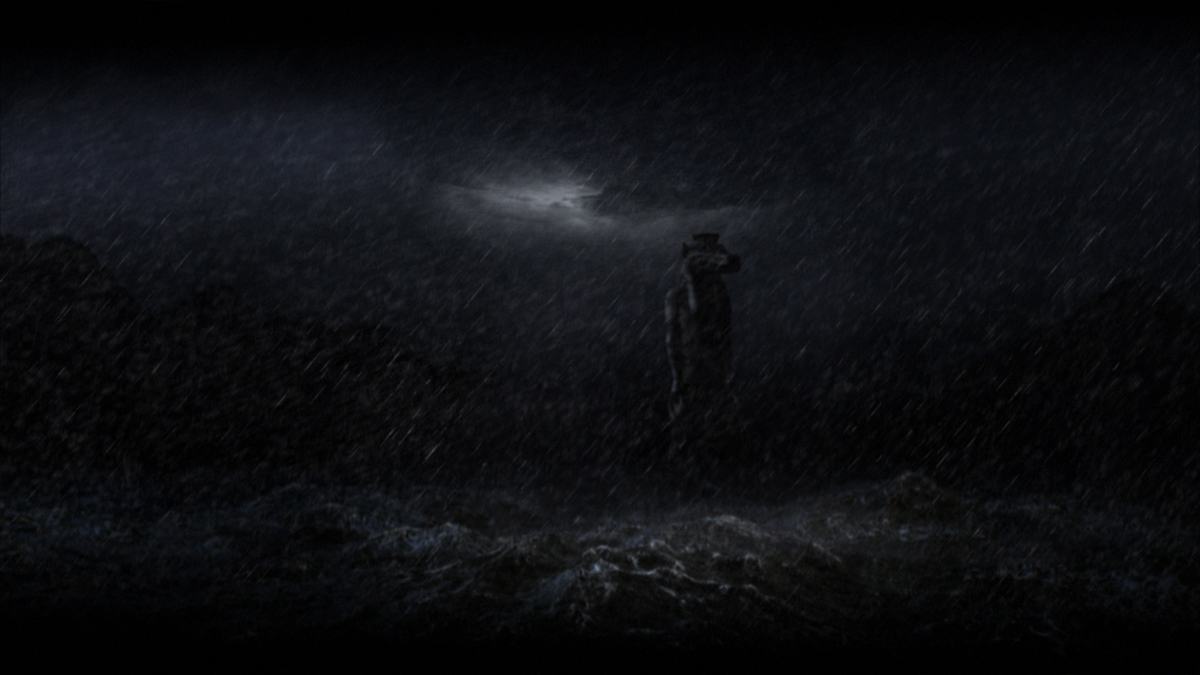 |
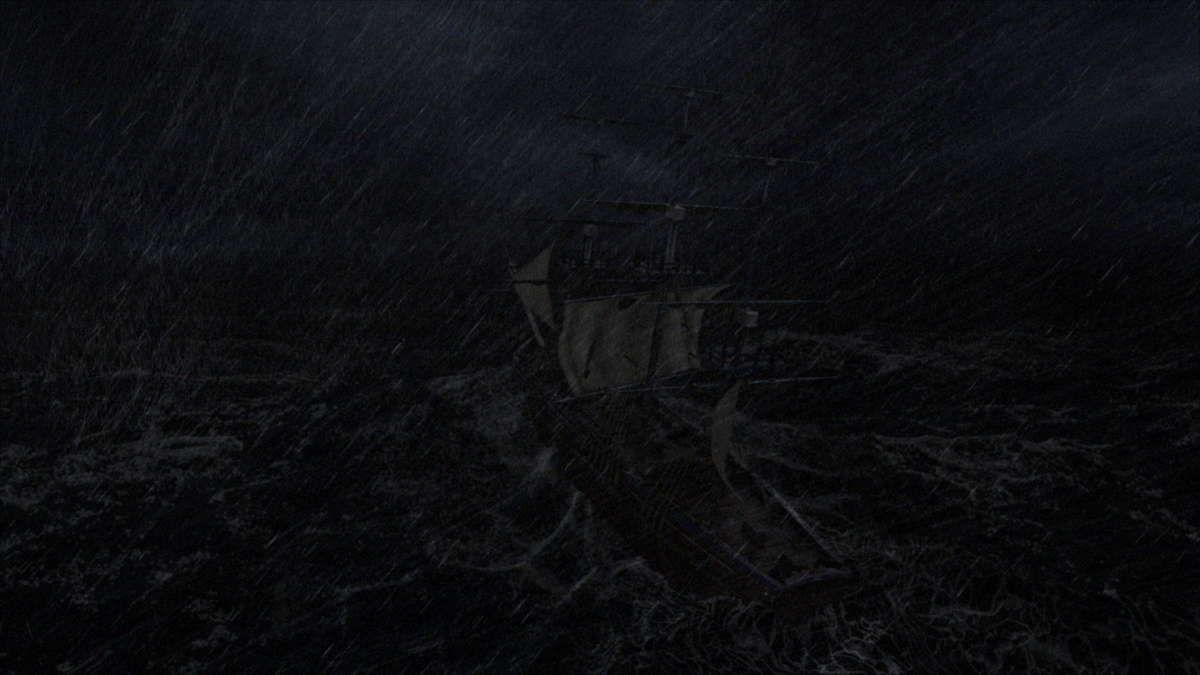 |
How did you created Smokey and integrated it into the shots?
Smokey was created in Maya as an animated bone chain with attached particle emitters. We then shaded the particles to look like smoke. Light flashes and final compositing were then done in Shake. Smokey was by far the biggest challenge we had to face during our time on Lost. We were tasked to not only get up to speed with Smokey in a very short amount of time, but to also try and improve upon earlier iterations. It was definitely a chore.
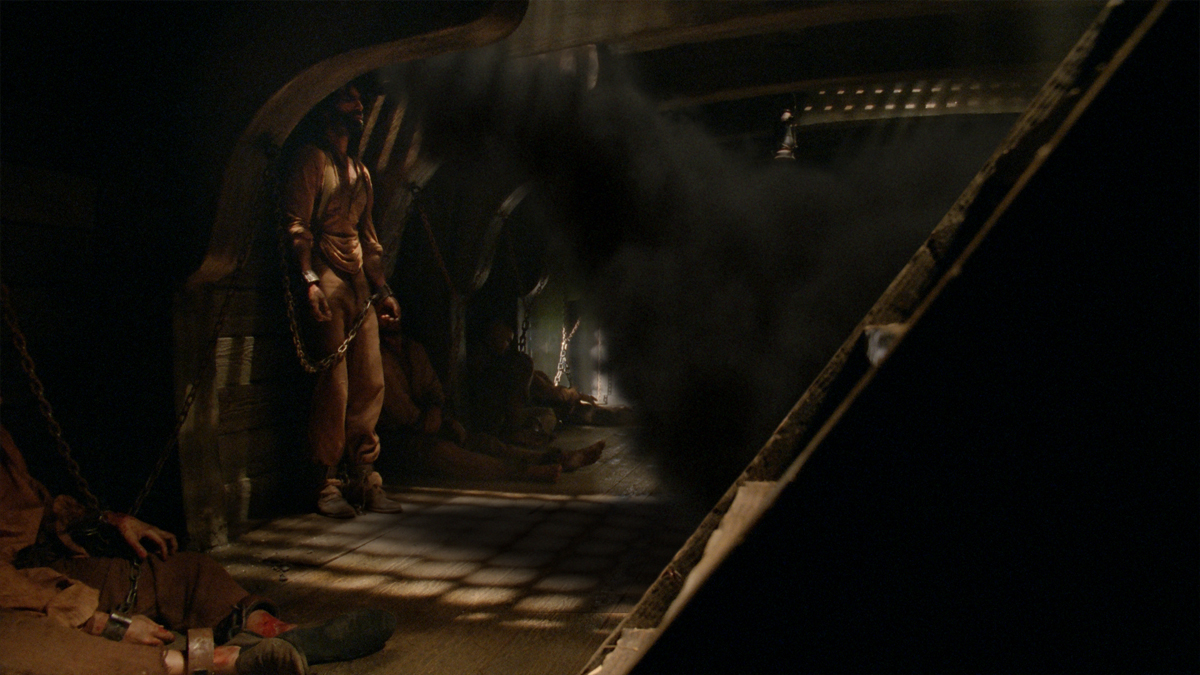 |
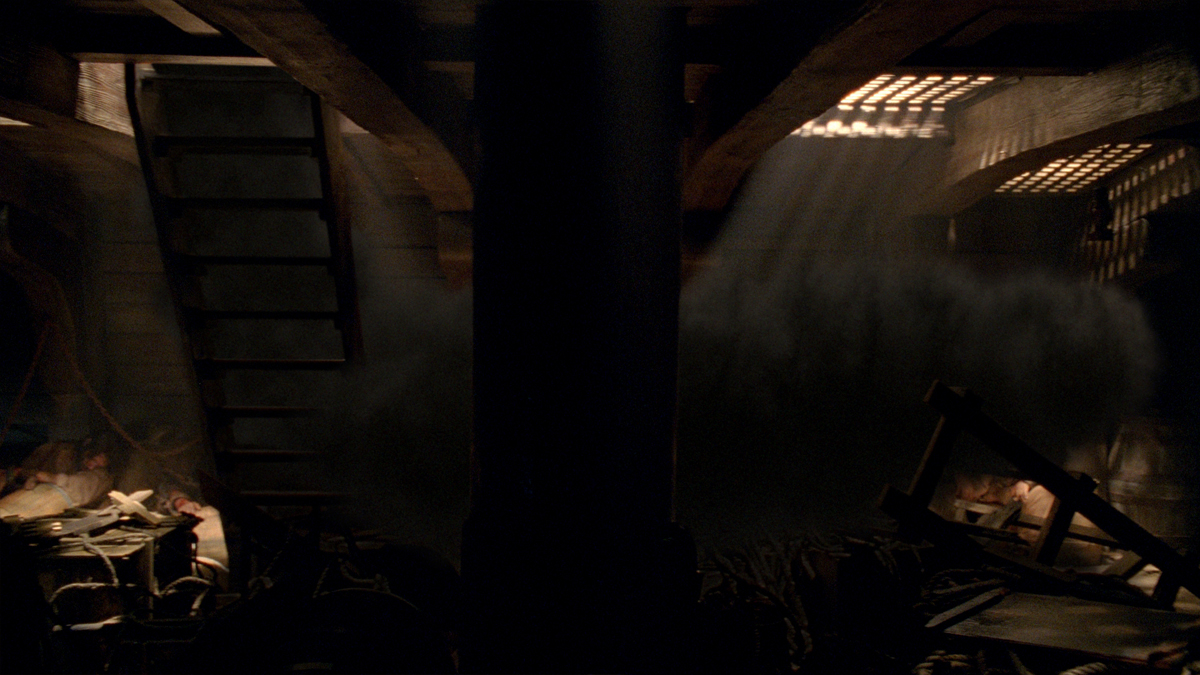 |
Did you use models?
Besides the model of the Black Rock that we used for texture references, and some low detail models the art department put together to illustrate certain locations, there were no physical models used on Lost.
What references did you have for the submarine?
Mostly what the art department could muster up. The problem with looking for images of submarines is that they are usually only shown with it’s top half out of the water. Trying to get images of what the underside looked like was difficult. We ended up piecing together a couple of different submarines models to get the desired look. It really ended up being more about whet looked the coolest.
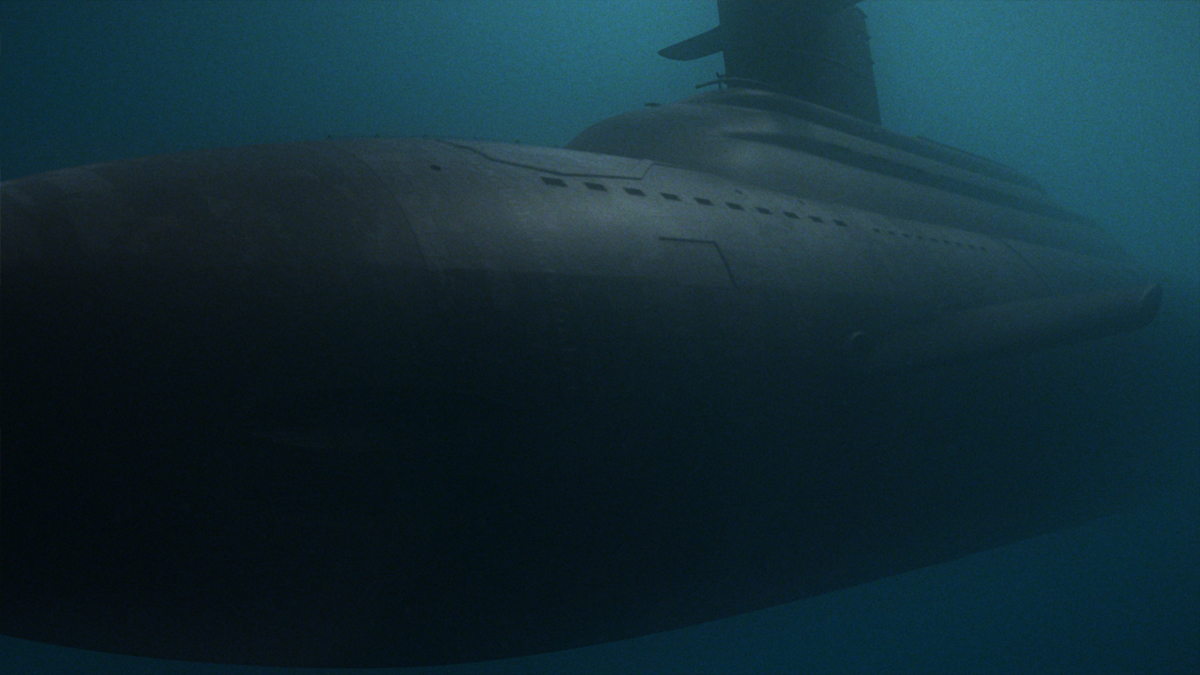 |
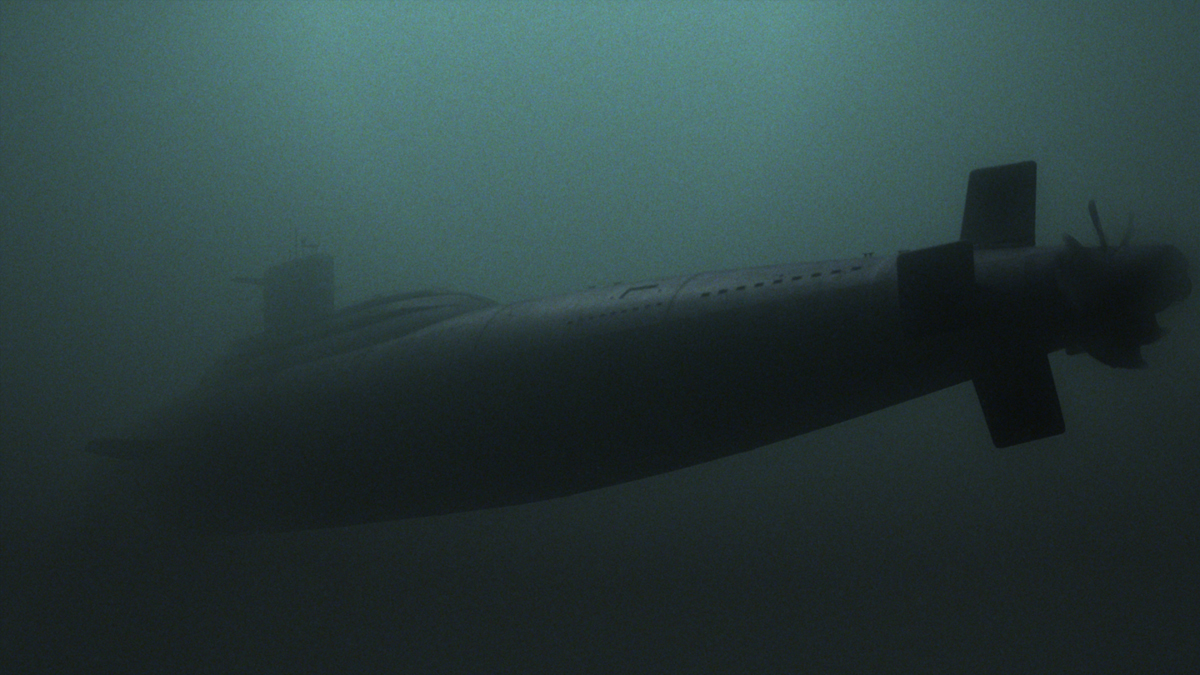 |
For the final episode, you have created 350 shots in a month. How did you do that?
To this day, I’m not quite sure how we got through that time. It really came down to the artists we had been working with throughout the entire season. They had all been along for the ride and really wanted to see it through to the end. No one was sure how many shots we would be facing during that final stretch, but everyone was willing to give it their all to get through it. One thing we did do to keep everything a bit more organized was to split up all the big sequences between certain supervisors at Look Effects. I would oversee the entire show, but we had one guy supervising the cave sequence, and one guy supervising the fight on the cliff, and so on. It helped the artist to have a point person to go to. If it had just been me, they would have had to wait that much longer for comments. Really, we just approached it as an “all hands on deck” situation.
Can you explain to us how you created the 3D plane?
The Ajira plane was created in Maya and composited mostly in Shake and Nuke. The difficulty creating the plan was the we were beholden to match the practical set piece that the art department had built out in Hawaii. The problem was that that plane was constructed out of wood where an actual plane would be constructed out of metal. It was a fine line we had to walk between making the plane look as real as possible, but also have it match the set piece. I took hundreds of set photos of the plane to give our modelers and texture artists enough information to use. We then would have long discussions about how much we should deviate from the set piece in order to make our CG creations look as real as possible.
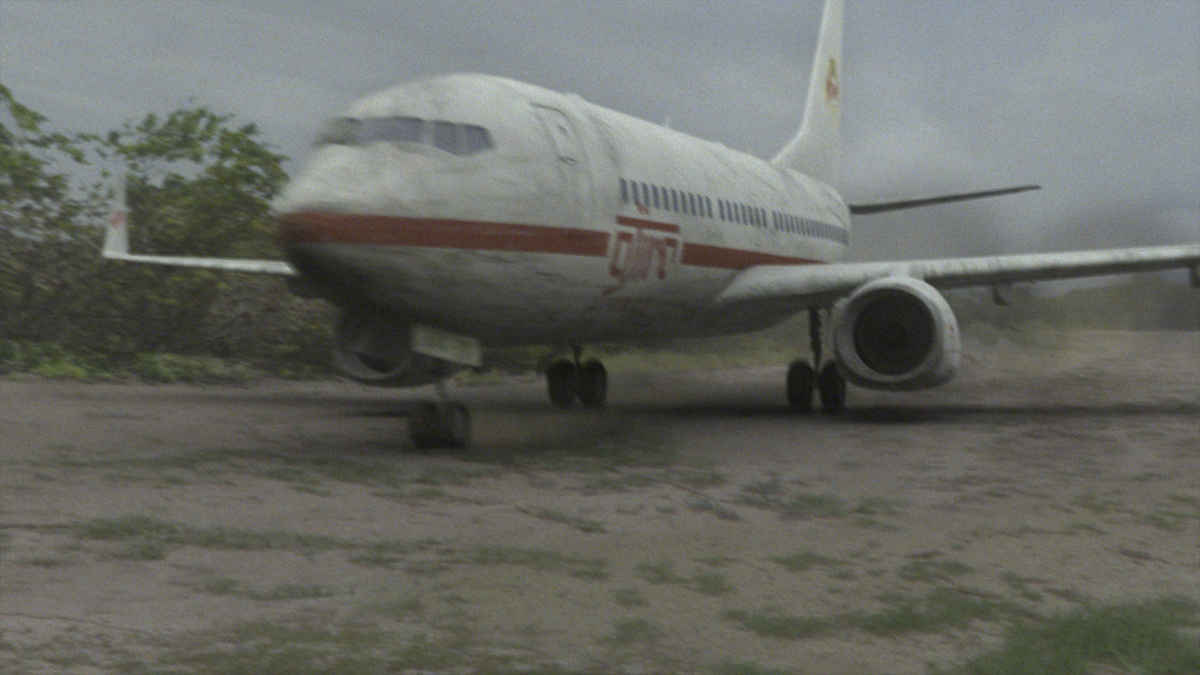 |
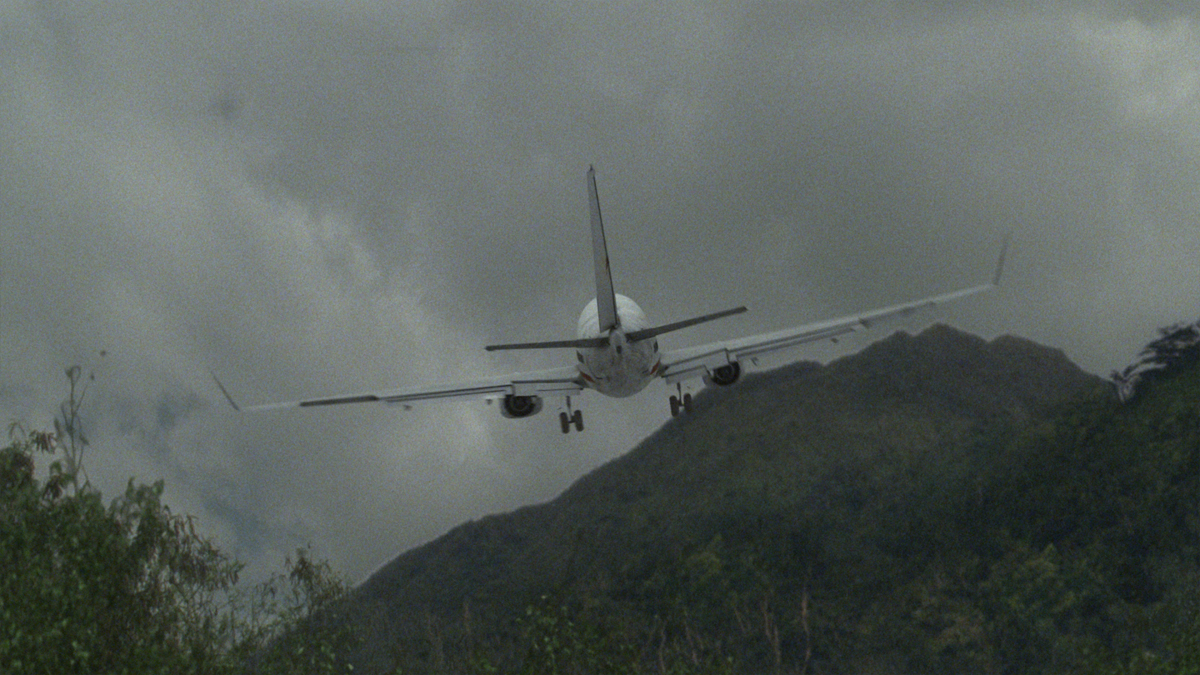 |
During the finale, how did you create the island that is sinking into the ocean?
The sinking island was a shot that came in late in the game. Instead of making an entirely CG island, we decided to use one of our island matte paintings we had used in the past as our base plate. We then added a few CG elements created in Maya of some crumbling and eroding rocks that we composited in Nuke. We added a bunch of 2D water and smoke elements that we composited around the base of the island to give the sense of water being kicked up by its sinking. Add a liberal dose of camera shake, and there you have it.
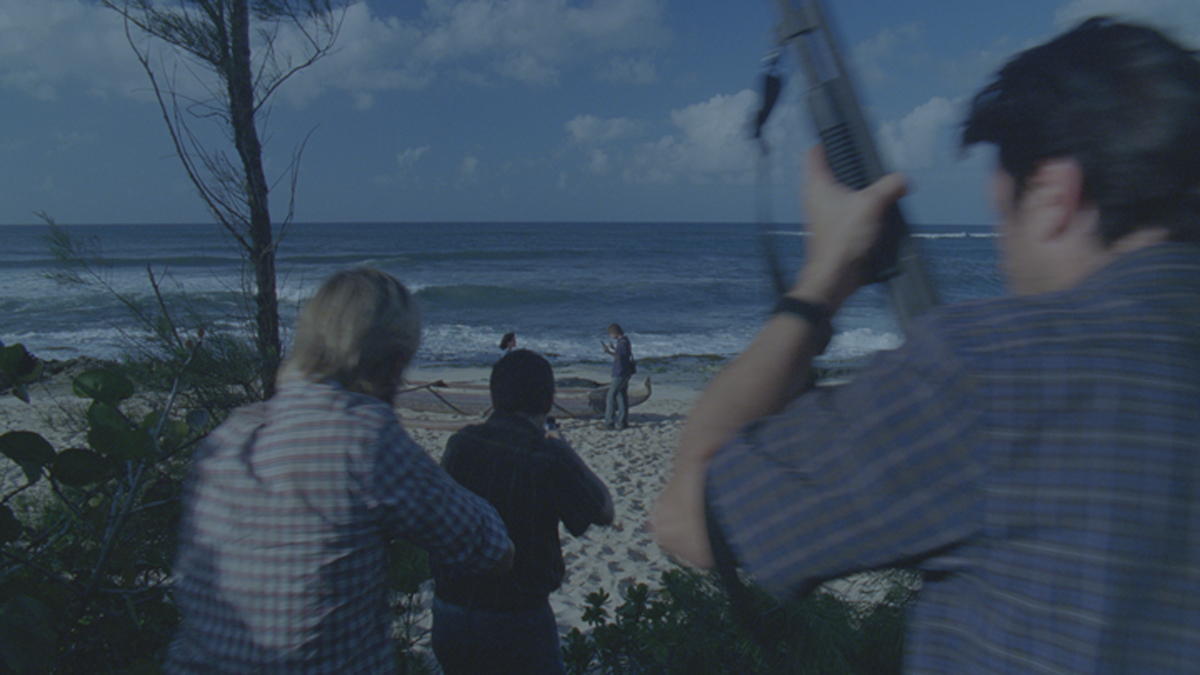 |
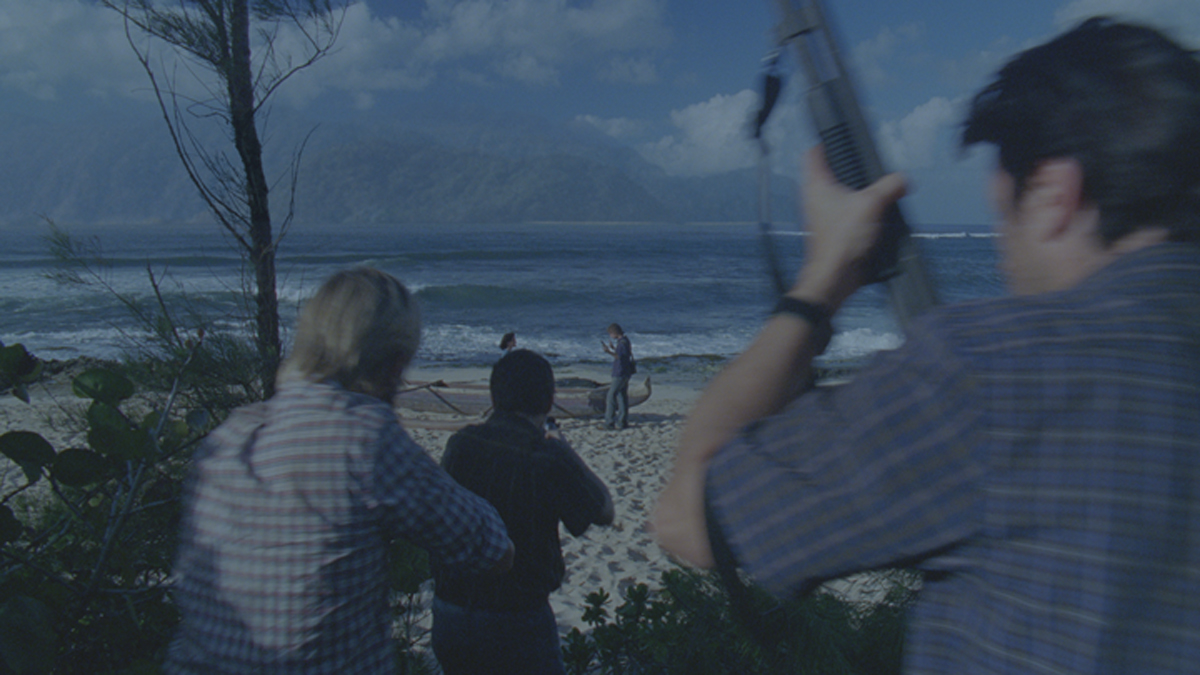 |
What are your pipeline and your softwares?
Look Effects’ software pipeline is mainly dominated by Maya for our 3D needs and Nuke for our 2D compositing needs. We are supplemented by Shake, After Effects, and Flame.
Most of your effects are invisible. Of which are you most proud of?
I personally love “invisible effects”. No matter how great a CG creation might be, there is always an aire of “unbelievability” if you will. Nothing gives me more joy than when someone has no idea what exactly we did in a particular shot. The proudest invisible effect we did for Lost for me was actually in the premiere episode. It was a small thing, but I think we pulled it off rather well. It’s the scene where our heroes are transporting the wounded Sayid by stretcher in the underground tunnel. At a certain point they come across a hole in the ground that looks down into a cavern below. In actuality that hole was a green piece of cloth with a few tracking lights on it that the actors inched around. We made a matte painting of the floor beneath and then added some CG debris so that when Hurley shined a flashlight down it, the light would create the proper shadows. When it was all said and done a friend of mine commented on the cool two story set they had built for us. He had no idea that underground cavern revealed by the hole was never there in the first place.
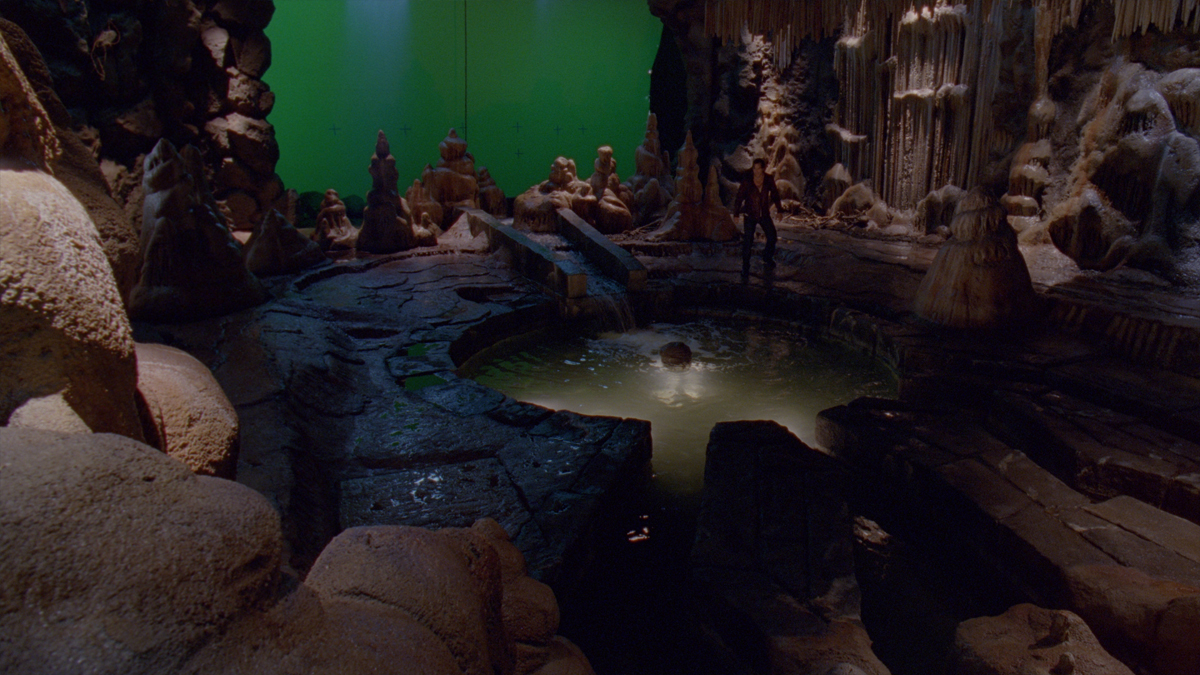 |
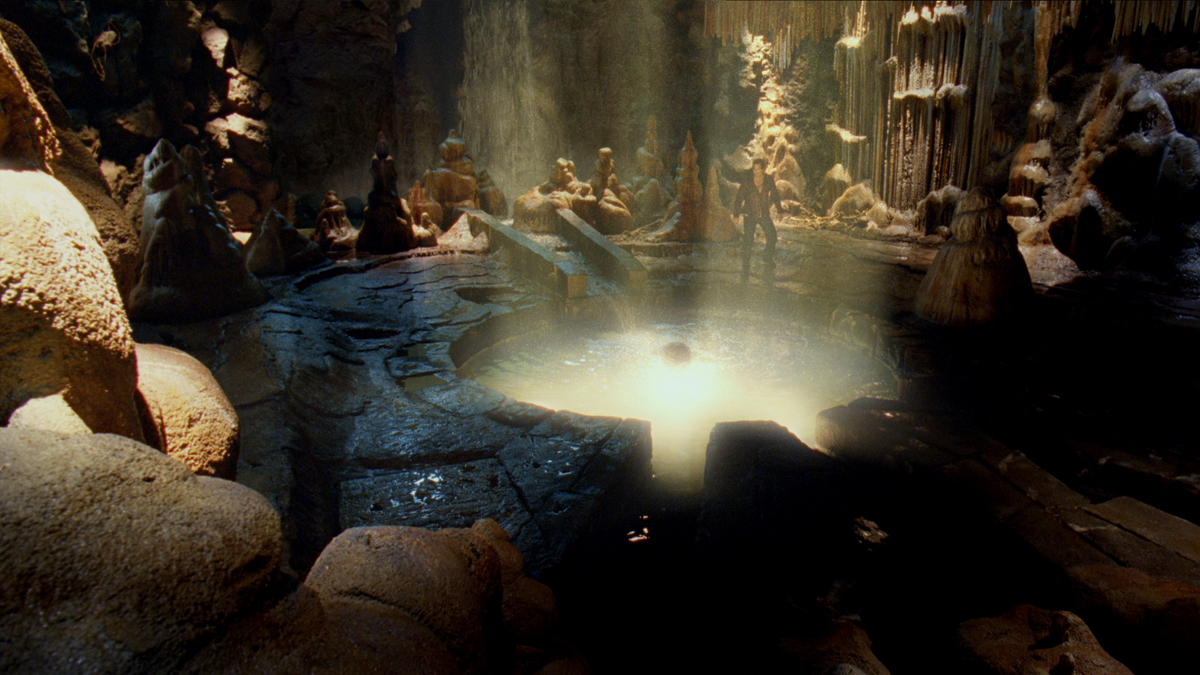 |
Is there a shot that prevented you from sleeping?
I don’t know if it was one shot or not, but I know I did lose some sleep over the Smoke Monster. I knew, as a fan of the show, that Smokey would be one of our biggest challenges. I remember when they handed me the first script, all I kept thinking was, “please don’t let Smokey be the first thing we have to do… please”. Not only was Smokey in that script, but it turned out to be the biggest Smokey scene in the history of the show. We had next to no time to get up to speed. It’s truly a credit to our team of artists. We went through countless iterations of Smokey over about a 4 week period. How does he react to hitting other objects? How can we advance his animations? How can we make him look realistic in some very unique lighting environments? These were all questions that we had to answer in extremely contracted R&D period. I know I defiantly woke up with cold sweats a couple of times during that process.
What did you keep from this experience?
Although I will always be extremely proud of the work that we accomplished on one of the biggest television shows in history, truly the greatest thing I kept from my experience on LOST was the fact that I actually met my future wife while filming on Oahu. I will always have LOST to thank for that.
What is your next project?
After Lost I needed some time to regroup and get my life back in order. I spent some time traveling, but when I returned I went back to my roots and worked as a Flame artist on BLACK SWAN. Supervising wise, I am now doing in-house supervising on the ABC show NO ORDINARY FAMILY.
What are the 4 movies that gave you the passion of cinema?
It’s almost cliche now for people in the effects industry, but anyone who knows me (or have ever stepped into my office) knows that STAR WARS has been a huge influence on me. Other than that, I am a Terry Gilliam nut, so movies like BRAZIL and TIME BANDITS also played a part. I’d also have to say that TRON was one of the first movie that got me interested in what computer graphics could do.
A big thanks for your time.
// WANT TO KNOW MORE?
– Look Effects: Official website of Look Effects.
– fxguide: Article about LOST on fxguide.
© Vincent Frei – The Art of VFX – 2010




